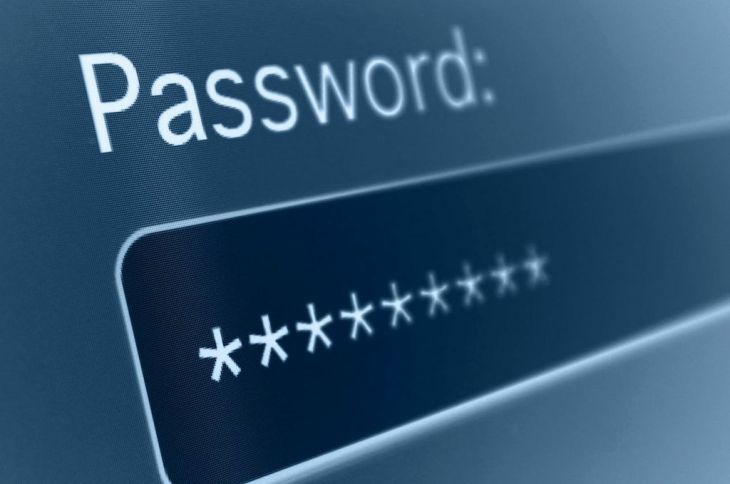Cracking passwords is one of the oldest techniques used to breach accounts. But unlike what you see in movies, cracking passwords is more about luck and persistence rather than sheer technical prowess.
This article will share five of the most common tricks used to hack passwords. It will also provide several tips for preventing it from happening to you.

Brute force attack
A brute force attack is a simple technique where hackers attempt to guess a password. In reality, though, this technique involves very little thinking. Instead, hackers use tools that test hundreds, if not thousands, of combinations until they get a match.
The tools will first test the most common combinations, which is why having complex passwords is so important. The pro of this technique is that it can theoretically crack any password by checking all possible combinations. However, doing so would take years, especially if a password is long and complex.
Dictionary hack
A dictionary hack shares some of the characteristics of a brute force attack. However, the dictionary hack is much simpler, as it relies on the most commonly used passwords.
Examples of the most commonly used passwords include:
- “123456”
- “password”
- “123123,”
This technique is quick and still very successful as many people and businesses continue to use the most basic passwords. Conversely, if the password is slightly more complex, the dictionary won’t be able to crack it.
Social engineering
Since companies are catching onto the importance of setting strong passwords, social engineering has become a go-to password hacking method for cybercriminals. Social engineering relies on people instead of systems. It aims to trick people into giving the attacker what they want (personal information).
Perhaps the most popular form of social engineering is phishing. Phishing attacks involve malicious emails, texts, or website prompts where the attacker poses as an authoritative figure. For example, an employee may receive an email from their “boss” asking them to reveal personal information, which can include passwords.
Social engineering techniques are very common and fairly successful. But they often require a lot of work, which can take months to materialize.
Malware
Malicious software is another way someone can hack passwords. Keyloggers, in particular, are very effective for cracking passwords. Screen scrapers, which take screenshots, can also be effective.
Malware is widespread across the internet, with many different variants and easy ways to distribute them. Luckily, operating systems and antimalware software are becoming more capable of detecting these destructive processes.
Rainbow table attack
A rainbow table attack is perhaps the most advanced password-cracking technique. For this method to work, attackers must first gain access to a password hashes database. There are several leaked databases on the dark web. Alternatively, attackers can gain access through phishing or other attack methods effective in acquiring sensitive data.
Through the rainbow table, the attacker can then convert the hashes into plaintext. The rainbow table contains the hash equivalent to each plaintext character.
Rainbow attacks have been far less successful lately, as “salting” has become more popular. Salting involves adding an additional value to hashed passwords, and changing the entire hash value.
How to stay safe
Create strong passwords
Having a strong password protects you from most password-cracking techniques. Here are some best practices to follow when creating passwords:
- Aim for at least 12 characters;
- Include numbers and special characters (@, #, $, etc.);
- Have a combination of upper and lower case letters;
- Never reuse the same passwords.
Use a password manager
If you have trouble coming up with and remembering strong passwords, a password manager is the perfect tool for you. A password manager generates long and complex passwords and stores them securely on a platform that only you can access.
Detect phishing attempts
Most people will tell you there’s no way they’d fall for a phishing email. However, these attacks are very sophisticated, and anyone can become a victim. Some signs to look for include:
- Poor grammar and sentence structure.
- The email address doesn’t match the original URL.
- Tries to instill urgency, etc.
Final thoughts
Your password is the most important aspect of your online security, and you must treat it as such. The techniques mentioned in this article are just a few of many. Hackers are constantly finding newer, more advanced ways to penetrate accounts. The bare minimum you can do is to set strong passwords that can’t be cracked with simple techniques.



